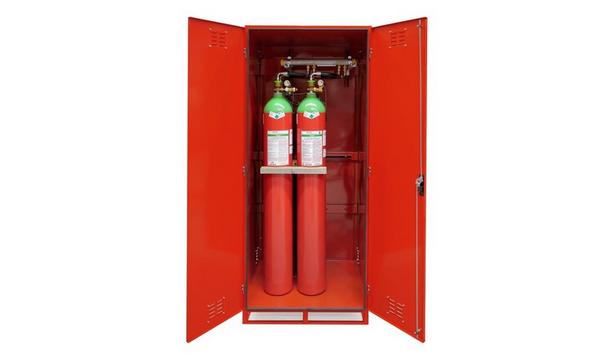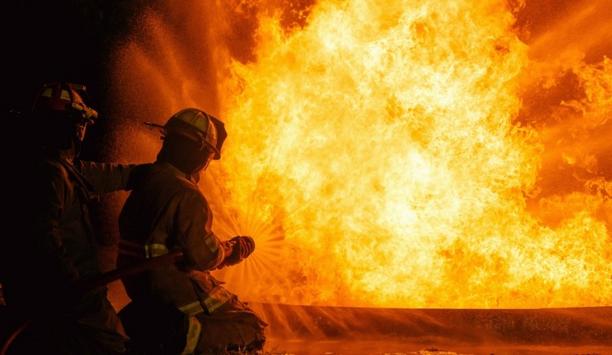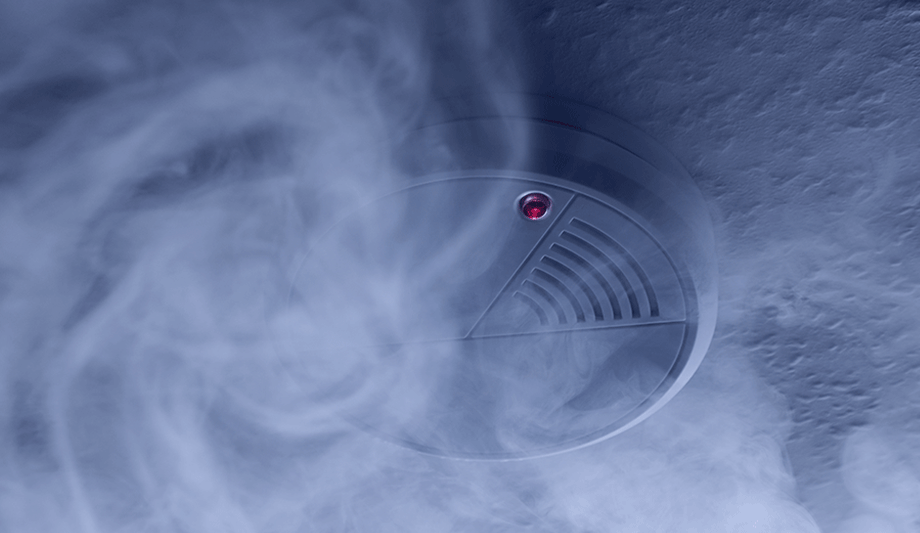 |
| One can remain 'Fire Smart' by avoiding smoking at residential places |
Smoking-related fires account for 2 percent of all residential building fires, they are the leading cause of fire deaths, accounting for 17 percent of fire deaths in residential buildings.
The Federal Emergency Management Agency’s (FEMA) United States Fire Administration (USFA) issued a special report today examining the characteristics of smoking-related fires in residential buildings. The report, Smoking-Related Fires in Residential Buildings, was developed by USFA’s National Fire Data Center.
The report is part of the Topical Fire Report Series and is based on 2006 to 2008 data from the National Fire Incident Reporting System (NFIRS). According to the report, an estimated 9,000 smoking-related fires in residential buildings occur annually in the United States, resulting in an estimated average of 450 deaths, 1,025 injuries, and $303 million in property loss.
While smoking-related fires account for 2 percent of all residential building fires, they are the leading cause of fire deaths, accounting for 17 percent of fire deaths in residential buildings. In addition, cigarettes are, by far, the leading type of smoking material involved in residential smoking fires and account for 87 percent of these fires. Finally, residential building smoking-related fires peak in the afternoon and early evening between 2 p.m. and 7 p.m. This 5- hour period accounts for 27 percent of all residential building smoking-related fires, however, the smoking fires that occur in the late evening and early morning tend to be the most deadly.
The complete Smoking-Related Fires in Residential Buildings topical report is available at the following link. The topical reports are designed to explore facets of the U.S. fire problem as depicted through data collected in NFIRS. Each topical report briefly addresses the nature of the specific fire or fire-related topic, highlights important findings from the data, and may suggest other resources to consider for further information. Also included are recent examples of fire incidents that demonstrate some of the issues addressed in the report or that put the report topic in context.
For further information regarding other topical reports or any programs and training available at USFA, visit the link.











